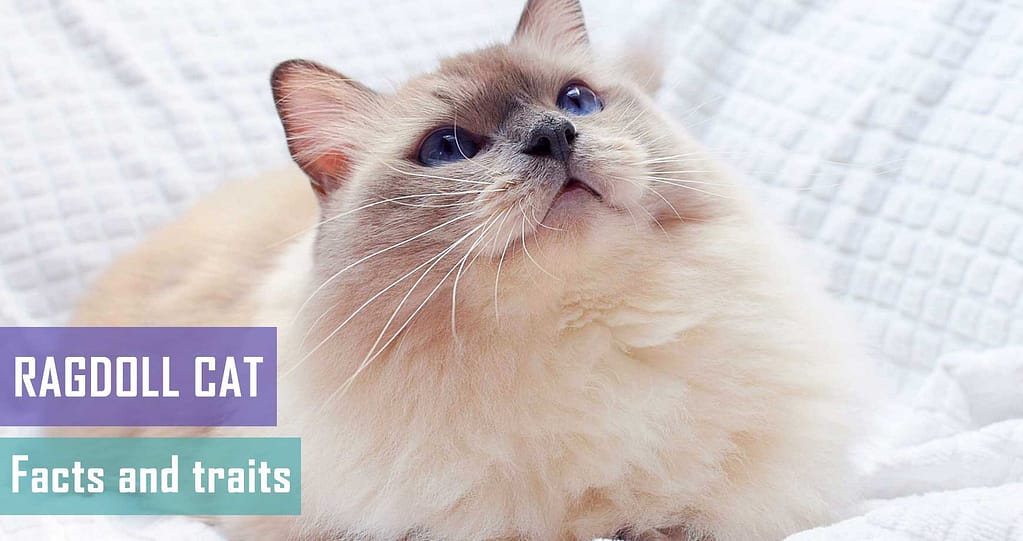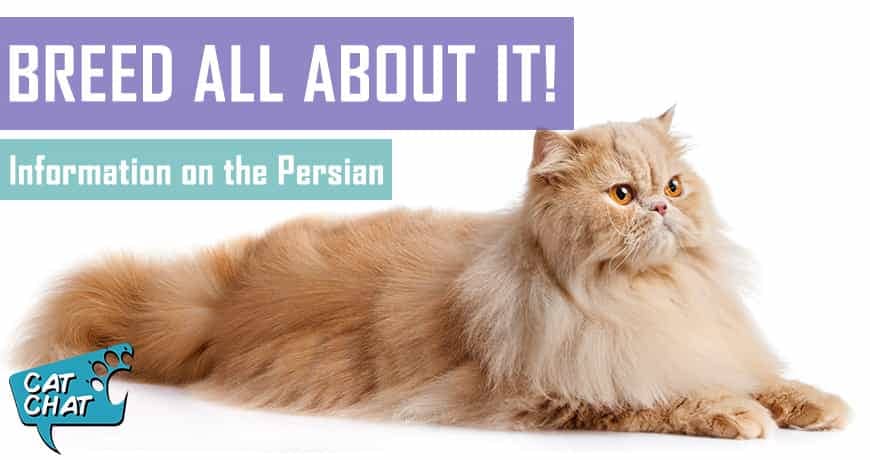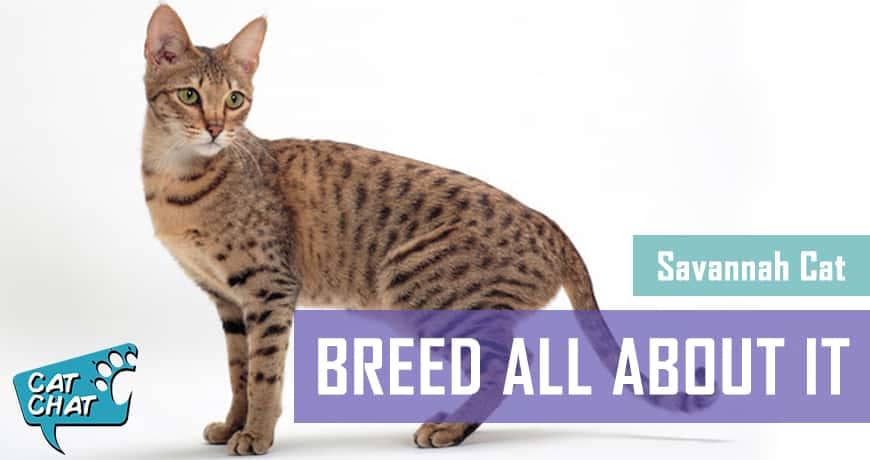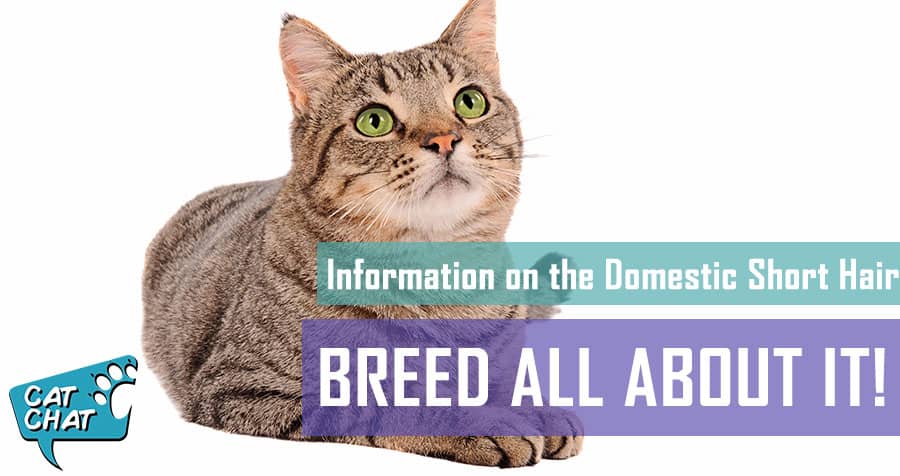The Ragdoll cat was an accidental breed started by a rather eccentric woman in California, USA. The breed queen, a white domestic long-haired cat named Josephine, had a few litters of mixed kittens sired by possibly Birman or Burmese males. One of the kittens had point colouration that resembled that of the Siamese, and Josephine’s owner, Ann Baker, realised she had stumbled across what would ultimately become the special Ragdoll breed now known the world over.
The first Ragdolls to leave the USA went to the UK in 1981, where the breed proliferated and was recognised officially by the Governing Council of the Cat Fancy (GCCF) in 1990. Since then they have become the second most popular cat in the UK.
Looks
Baker’s selective breeding over the next few years produced the now typical Ragdoll, which has a large sturdy body and a range of colour variations. Whether the Ragdoll is colourpoint (a specific colour darkening at the ears, nose, paws and tail), mitted (white paws and abdomen) or bicolour (with an inverted V on the forehead, white legs, white tummy and occasionally a white patch on the back), they come in colour variations known as seal, chocolate, red; and the ‘diluted’ variations of blue, lilac and cream. Ragdoll eyes are big and blue – and at cat fancy shows, the bluer the better!
The Ragdoll’s coat is medium to long. She doesn’t have an undercoat, but her pretty top coat needs to be brushed a few times a week to maintain those impressive looks and reduce shedding.
Personality
The Ragdoll cat is famously known for her puppy-like qualities: she’s affectionate, loves following people around, and will play with her animal as well as human companions. Some Ragdolls will even learn tricks like rolling over and playing fetch with toys. She can be trained to walk on a leash and is highly adaptable, so if you’re an intrepid road-tripper, your Ragdoll may make the ideal travelling companion.
The Ragdoll does need affection and exercise, but she is also happy to be in her owner’s company without imposing on their personal space. She is a busy kitten that needs socialisation and stimulation, but she ‘chills out’ as she reaches maturity by three to four years of age. She will, however, maintain her playfulness until old age – perhaps just at a lesser intensity.
Precautions
Because of the Ragdoll’s placid nature, she needs to be maintained indoors with a little bit of daily monitored outdoor time. She does not have a fighting nature, so would not fare well in a tussle with any roaming neighbourhood cats. She is also not a road-savvy cat and needs to be protected from traffic and other outdoor dangers.
| Breed | Ragdoll Cat |
| Country | California, USA |
| Average Adult weight | 6.8kg up to 9kg |
| Life Expectancy | 15+ years |
| Exercise requirements | Moderate; can be trained |
| Similar breeds | Birman, Ragamuffin, Burmese |
| Rescues in South Africa | None specific; but breeds pop up in SPCAs all the time |







